25 NFL Stars Who Let Ego Destroy Their Careers
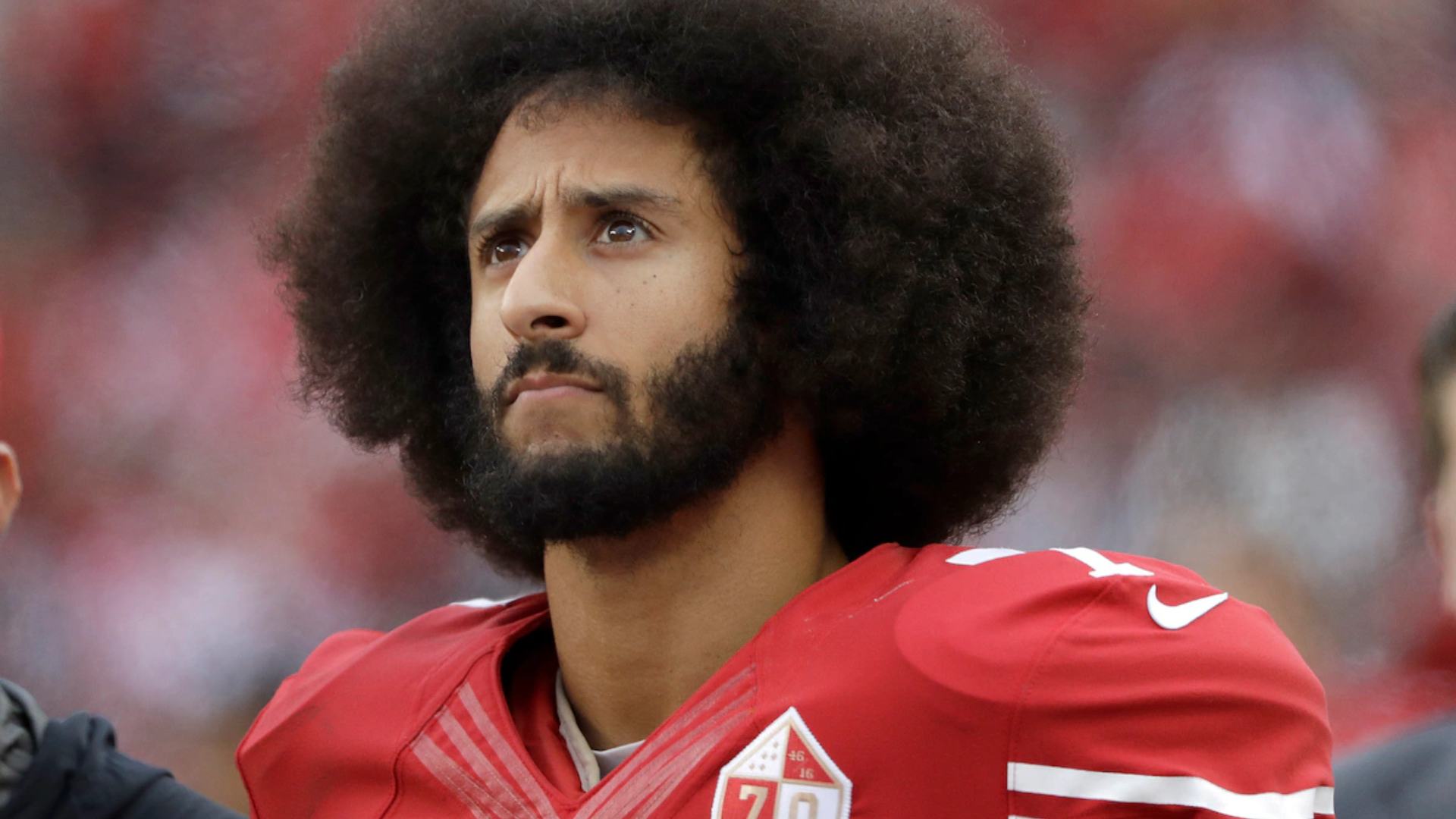
25) Colin Kaepernick
Electrifying dual-threat who nearly won a Super Bowl. But when defenses adjusted, he resisted evolving, and his insistence on returning only as a starter - combined with public battles with the league - closed doors. Ego in dictating comeback terms kept him out despite physical tools.
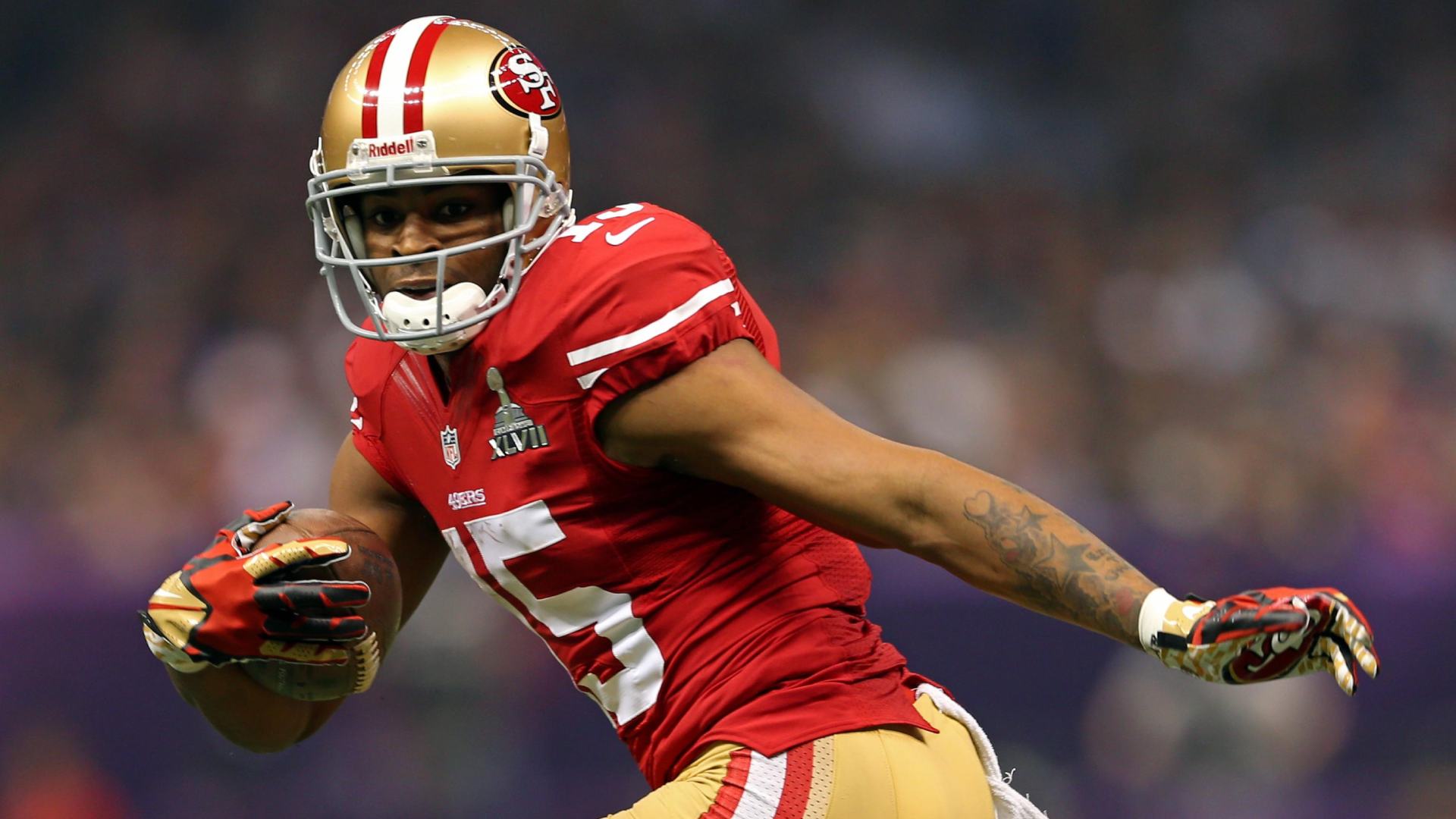
24) Michael Crabtree
From college deity to capable pro who wanted WR1 treatment on WR2 traits. A rookie holdout set the tone; later, public feuds (remember the chain-snatches) and target-share angst painted a portrait of a player who never loved the “do the little things” grind as much as the status.
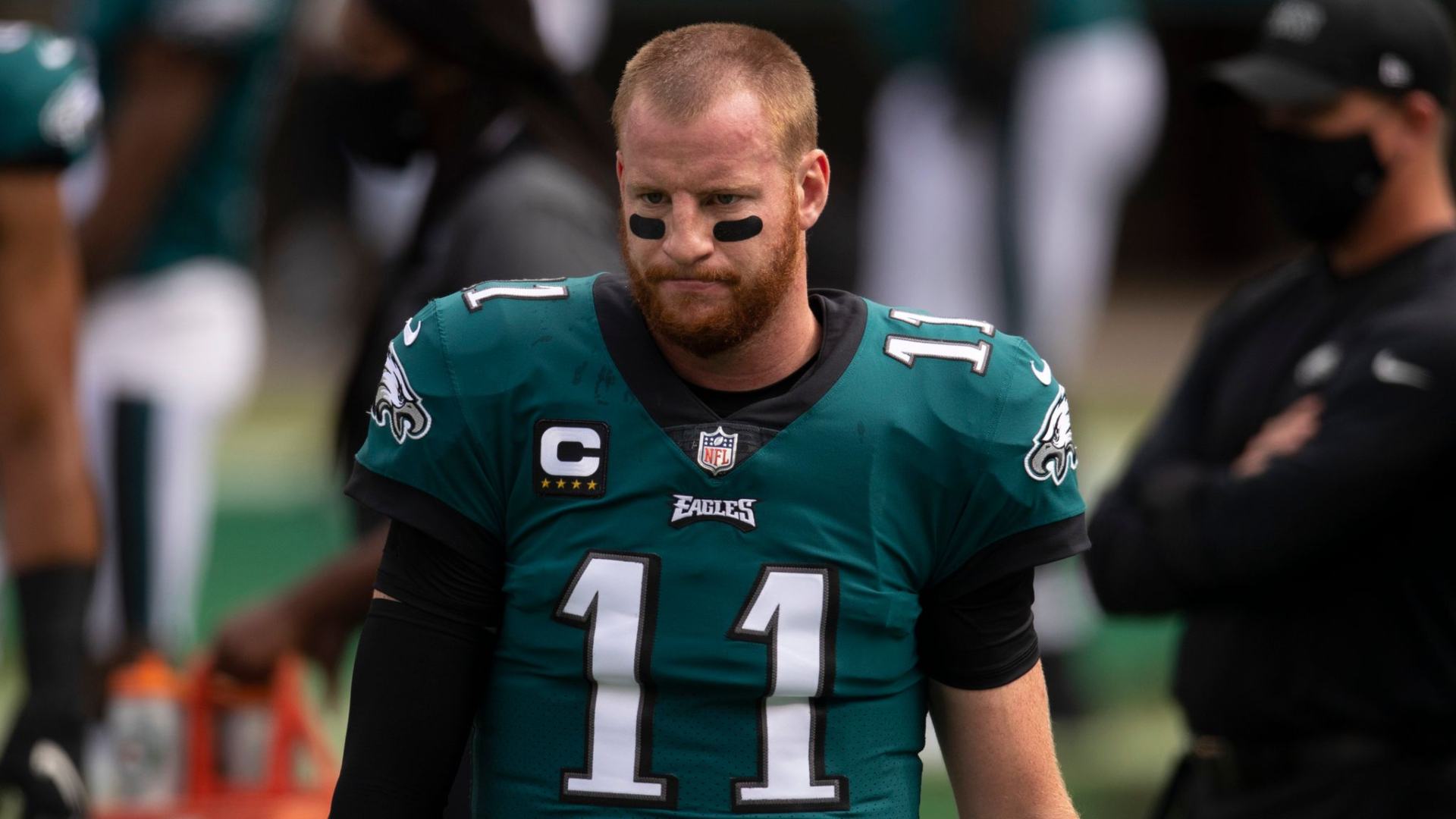
23) Carson Wentz
MVP-caliber 2017 stretch set a bar he wanted to own forever. Reports of stubbornness with coaching, discomfort with competition, and a reluctance to accept role resets made reinvention harder. Once mechanics and confidence wobbled, the “I’m the franchise” mindset hurt more than it helped.
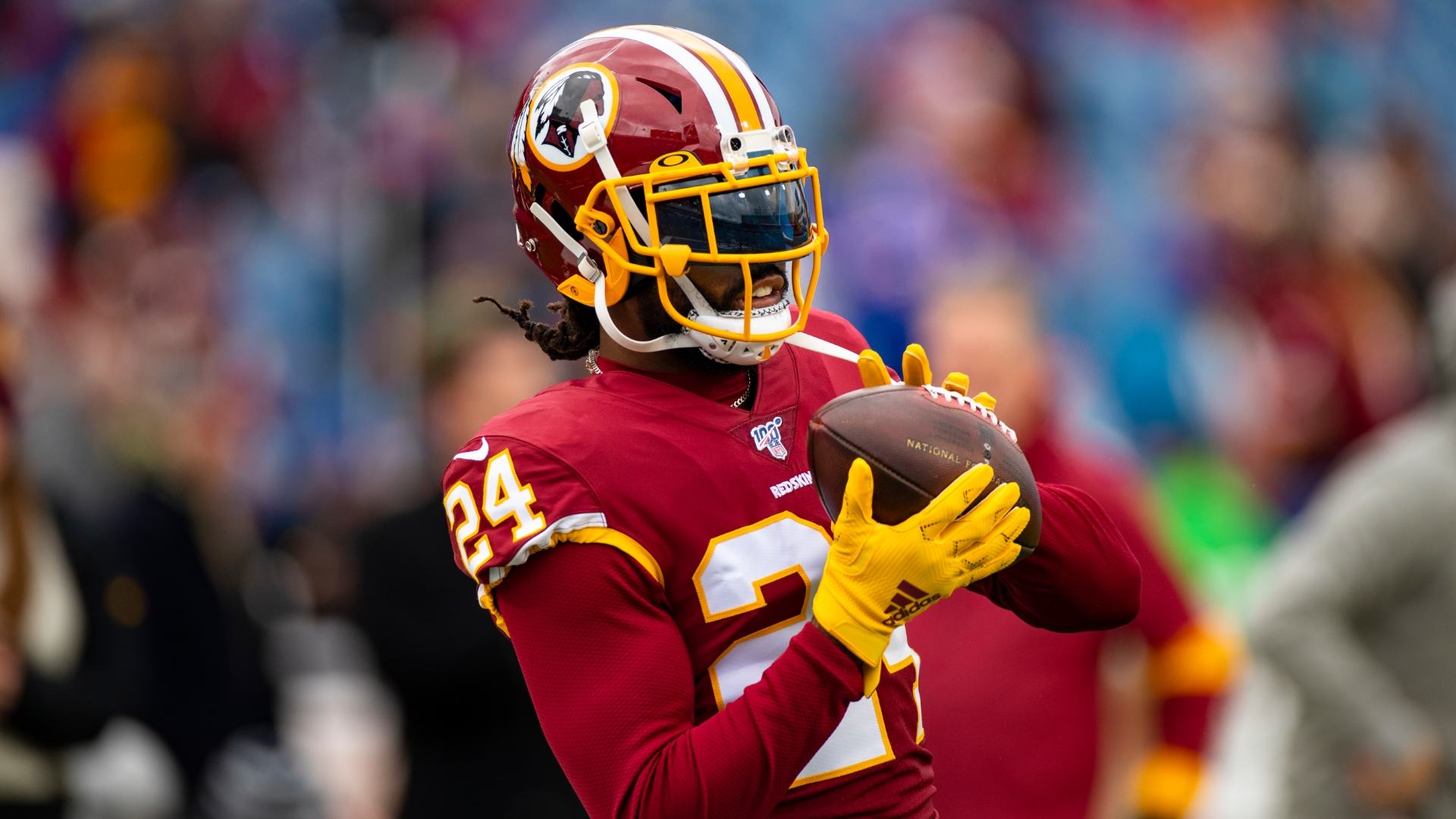
22) Josh Norman
From 2015 lockdown star to a brand in search of the 2015 tape. The relentless media persona, reality-TV glow, and OBJ feud became the story; technique slippage and scheme fit needed quiet, not spotlight. He stayed a pro, but the “star corner” identity stuck around longer than the star corner play.
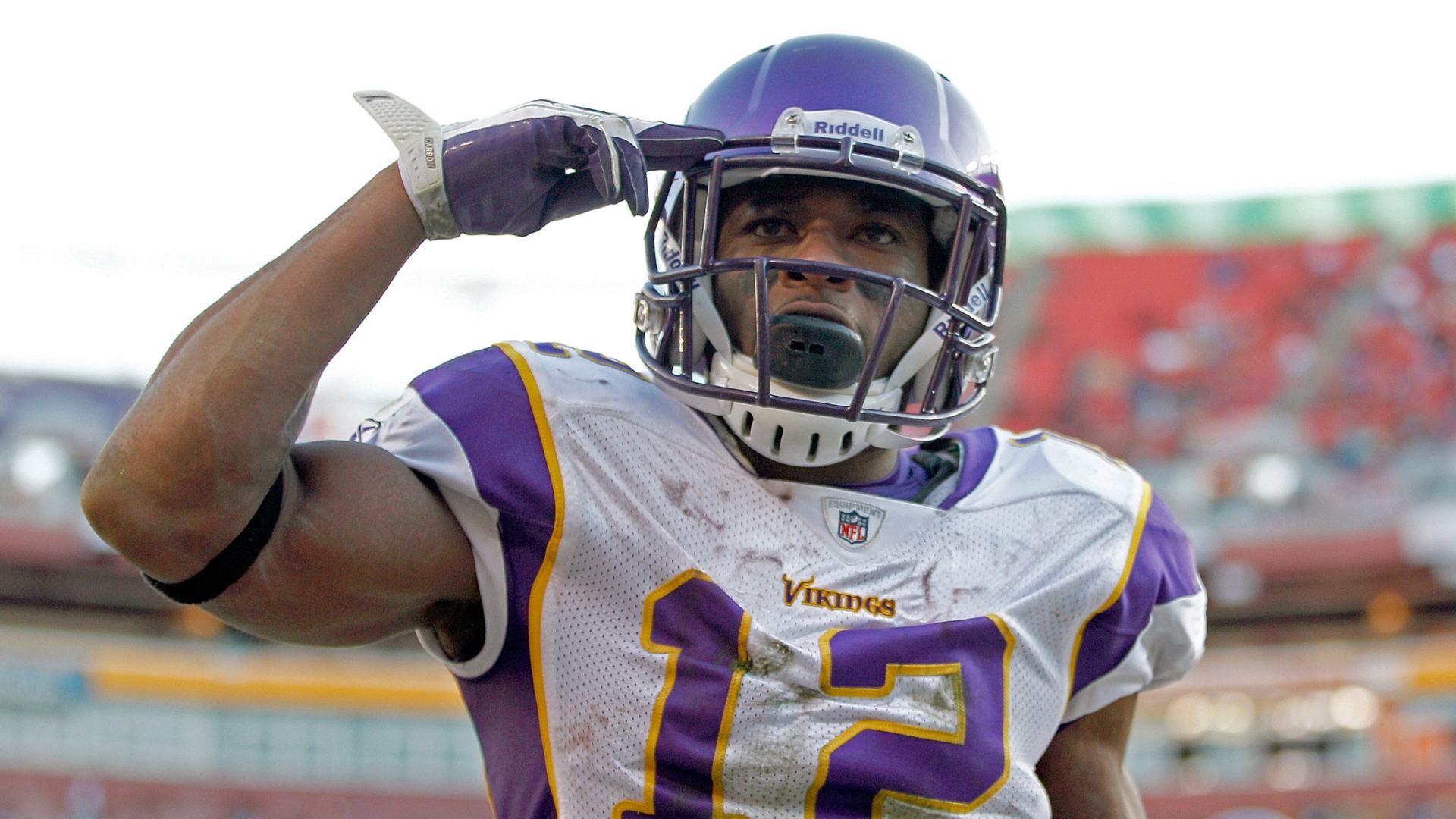
21) Percy Harvin
Positionless dynamite who could flip a game with one touch. But clashes with teammates and coaches, resistance to role tweaks, and an undercurrent of “my rules” energy followed him. Health (migraines) was a major factor, but the control battles sapped patience and shortened what could’ve been a longer prime.
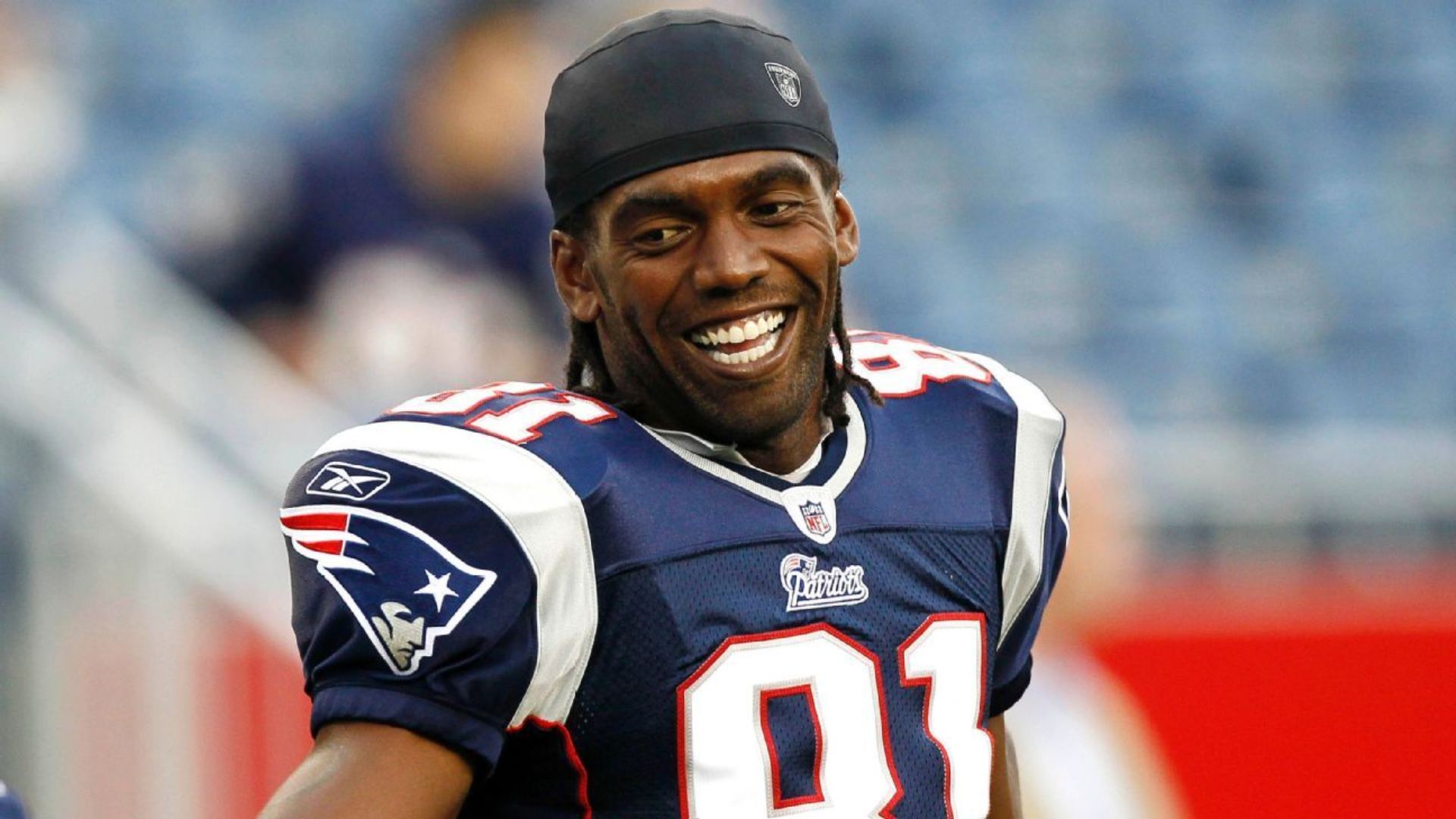
20) Randy Moss
Yes, he’s an all-time great. But the “I play when I want to play” period in Minnesota and the toxic Raiders stint were pure ego tax. He did redeem it spectacularly in New England, yet those lost prime years - and a couple of burnt bridges are a reminder that even GOAT-tier ability can get stuck when buy-in wavers.
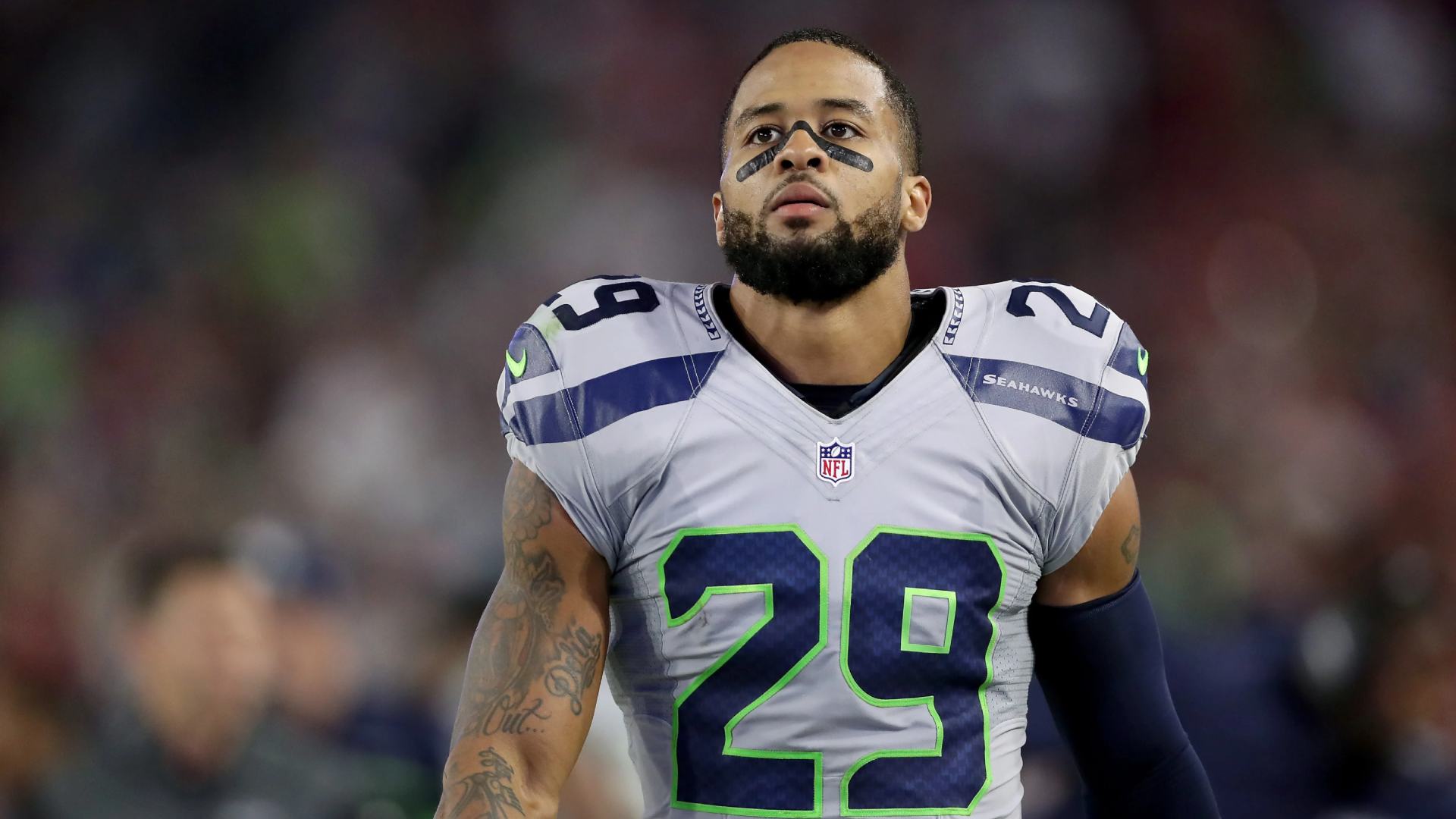
19) Earl Thomas
A future Hall-level safety whose edge turned inward. The middle-finger exit in Seattle, then a training-camp fight and “I’ll freelance how I want” tendencies in Baltimore, vaporized goodwill. When a defense’s brain doesn’t play within the brain trust, the whole unit suffers and so did his job security.
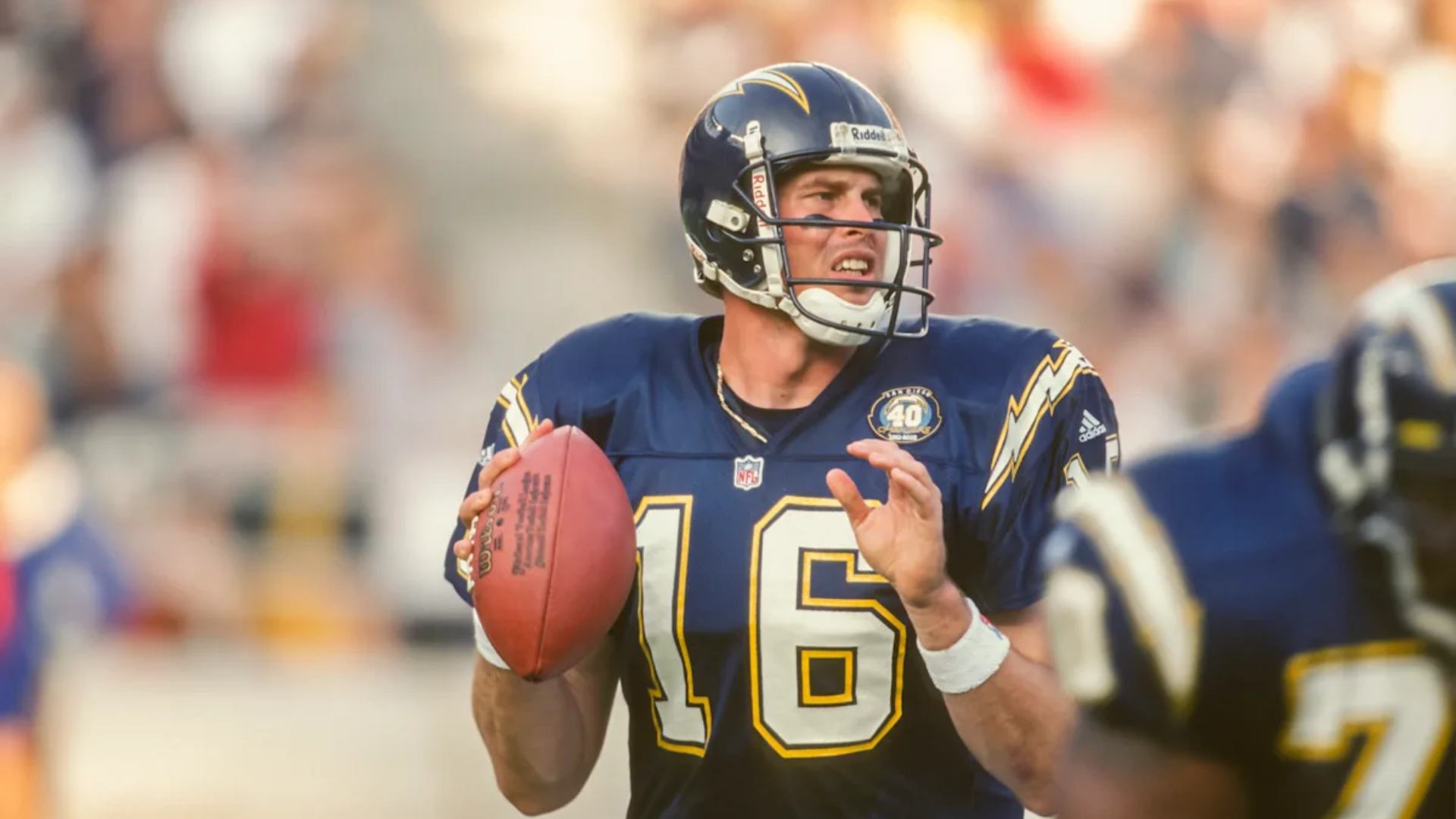
18) Ryan Leaf
Talent nearly on par with Peyton Manning’s prospect grade; maturity nowhere close. Leaf bulldozed teammates, berated media, and refused accountability. He later owned it and grew, but during his career the ego convinced him the league was the problem. The league disagreed.
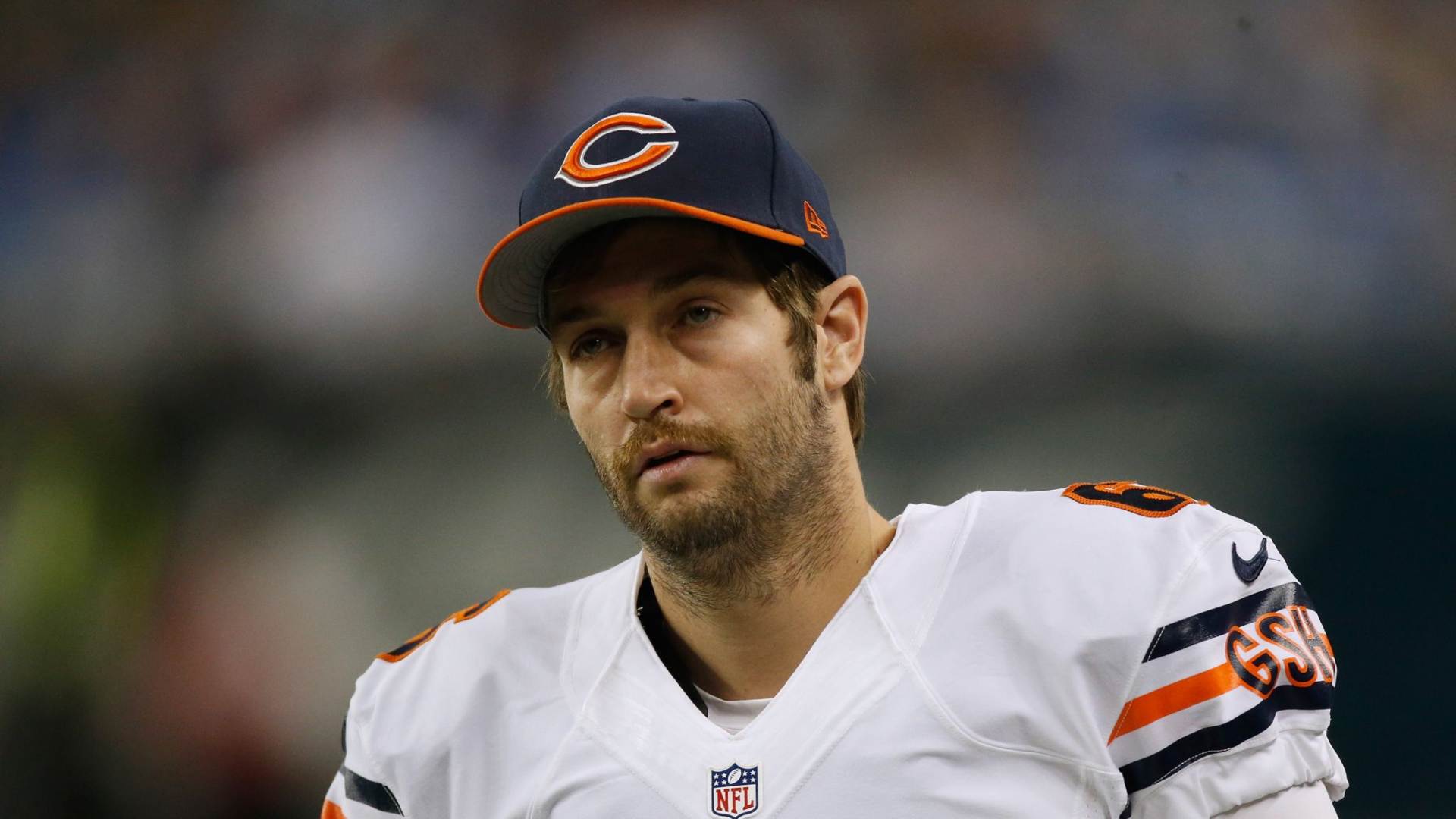
17) Jay Cutler
Cannon arm, fearlessness, and a decade as a starter. The vibe - aloof, unbothered, resistant to hard coaching - became his brand, and it cost him with fans, media, and eventually evaluators who wanted visible buy-in. He had enough talent to be a perennial top-10 QB; the “I am who I am” stance kept him comfortably average.
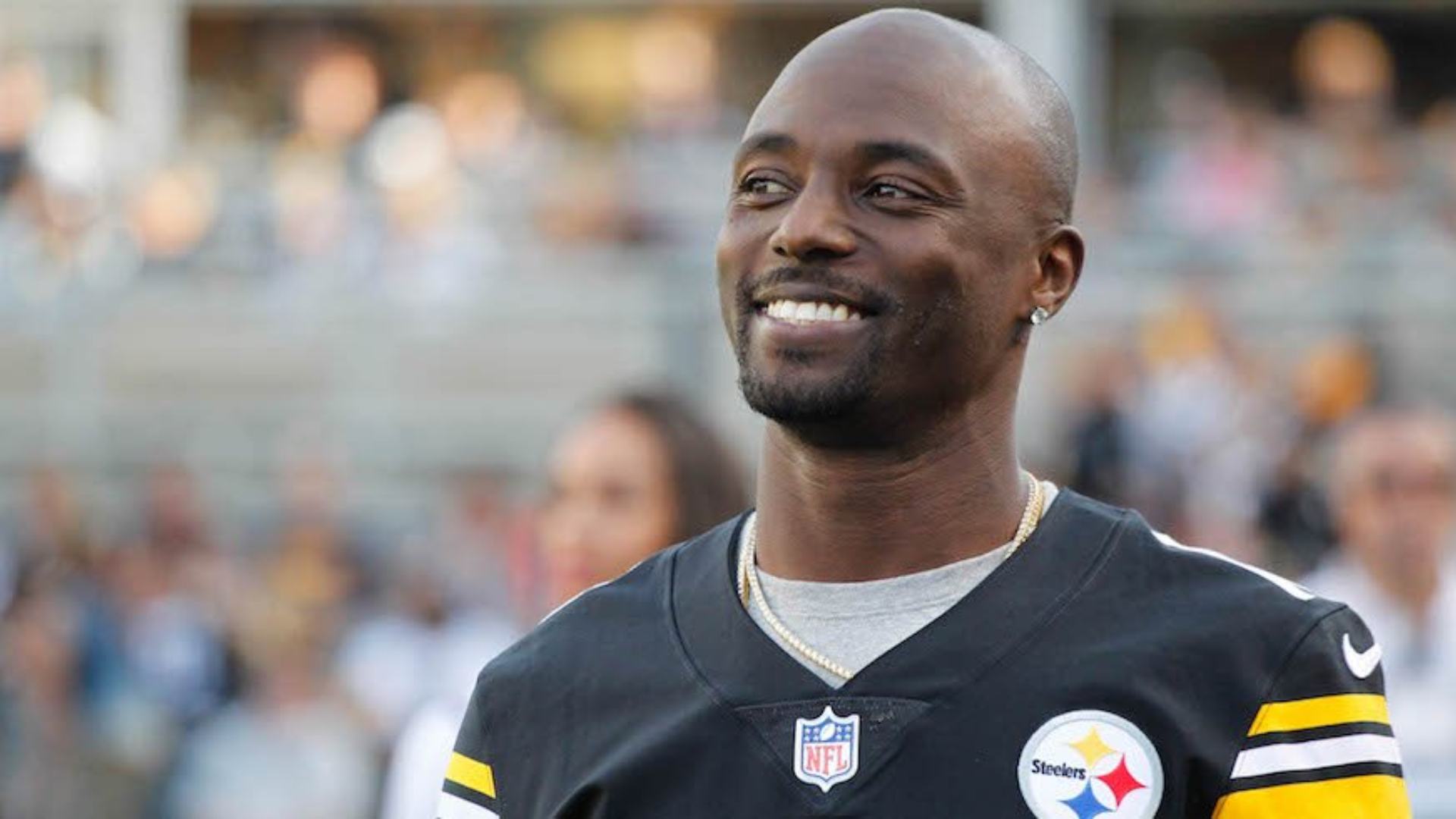
16) Santonio Holmes
Super Bowl MVP talent with clutch DNA. In New York he went from captain to benched amid huddle blow-ups and public call-outs. Receivers can’t be the sun around which the offense orbits when production dips; that “I’m above the plan” vibe aced him out of top-tier trust quickly.
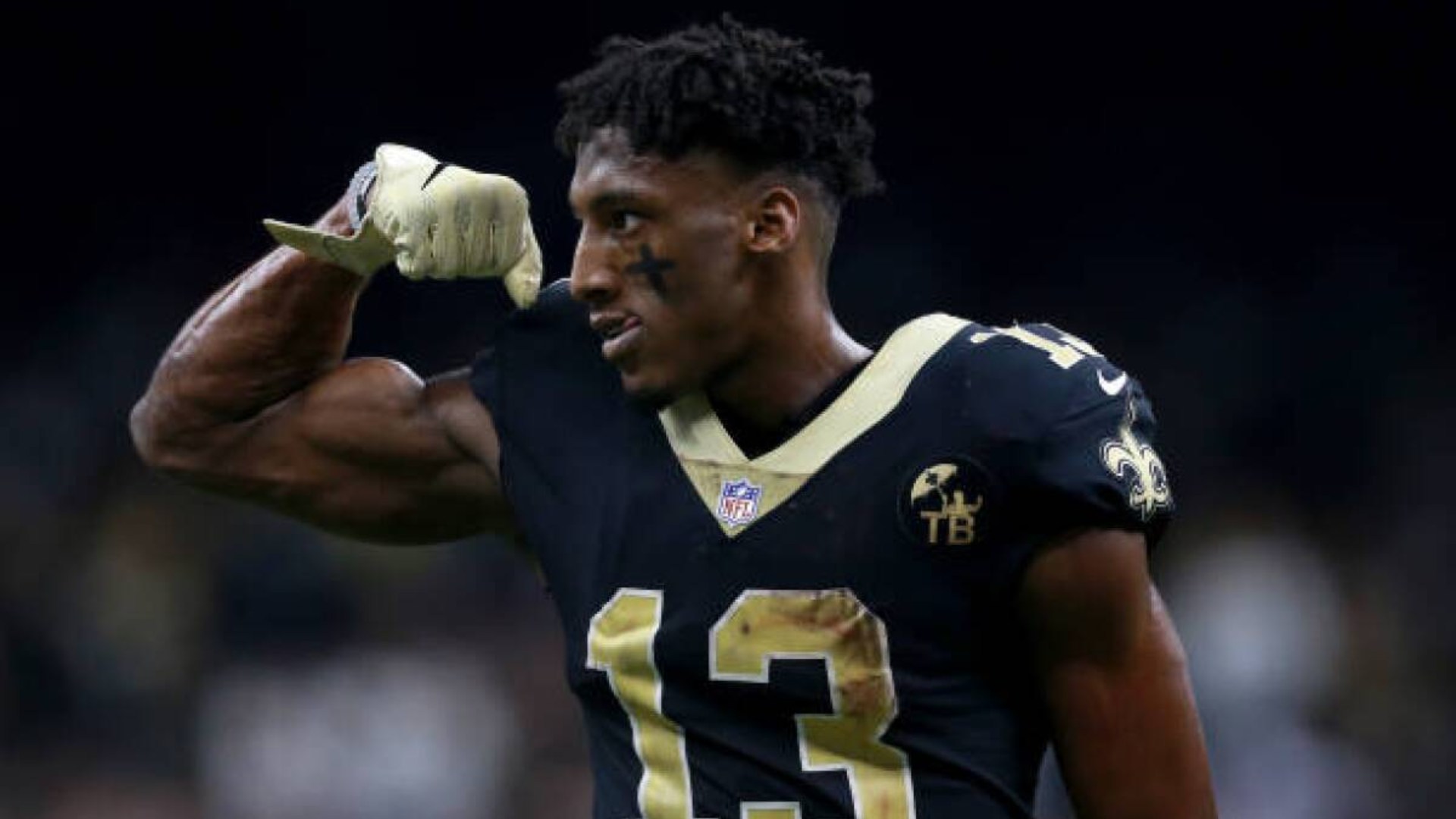
15) Michael Thomas
Record-setting target hog who became the prototype for heavy-volume slant/option usage. Then came social-media spats, a practice-field altercation that triggered discipline, and rehab drama that soured the building. Health was the headline; the ego stuff made the patience thinner.
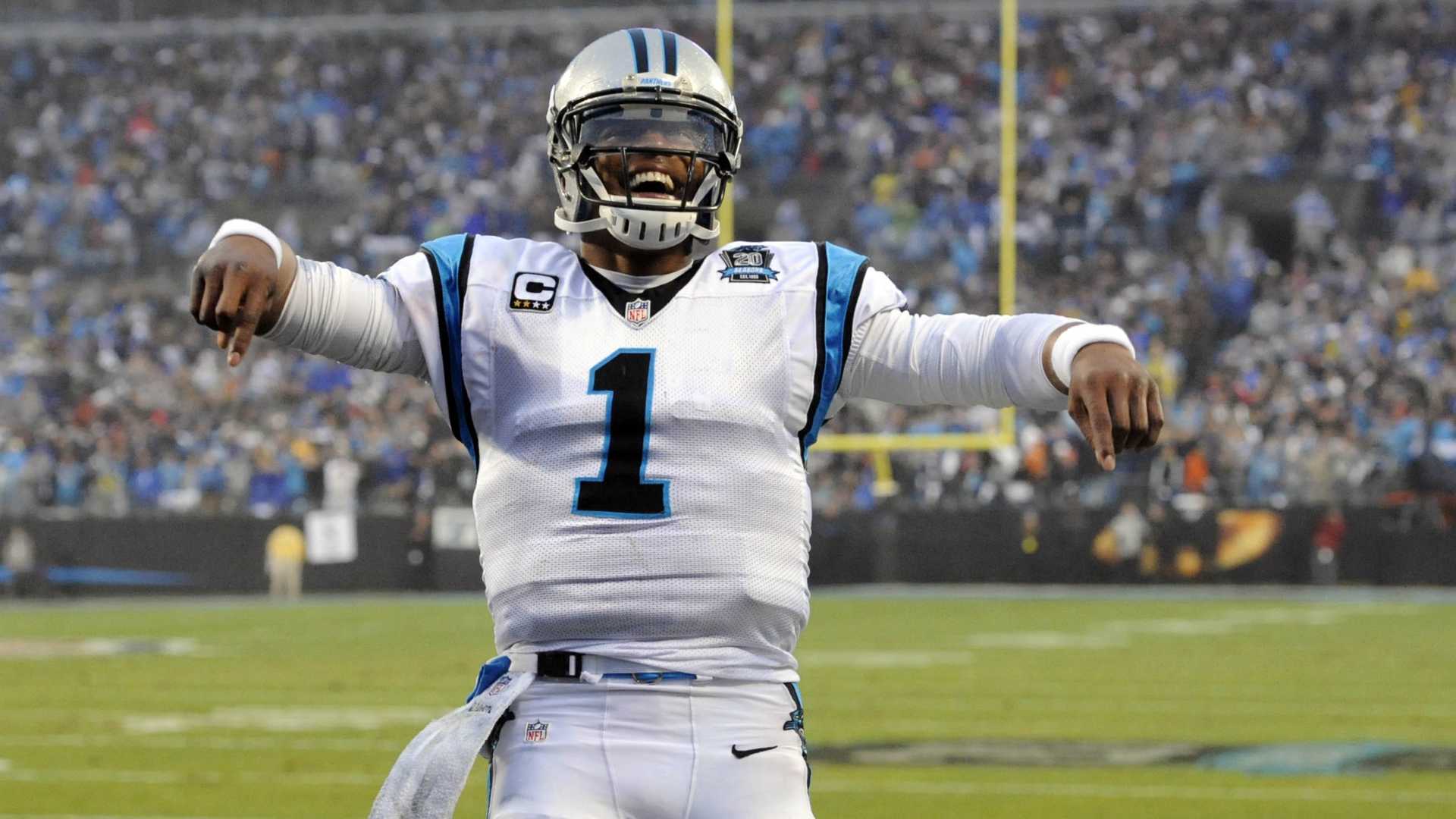
14) Cam Newton
An MVP and scheme-defining star. Post-2016, an accumulation of injuries demanded reinvention and humility. Cam’s charisma is an asset, but the “there aren’t 32 better than me” posture complicated backup roles and developmental opportunities. When your game must change, ego has to change, too.
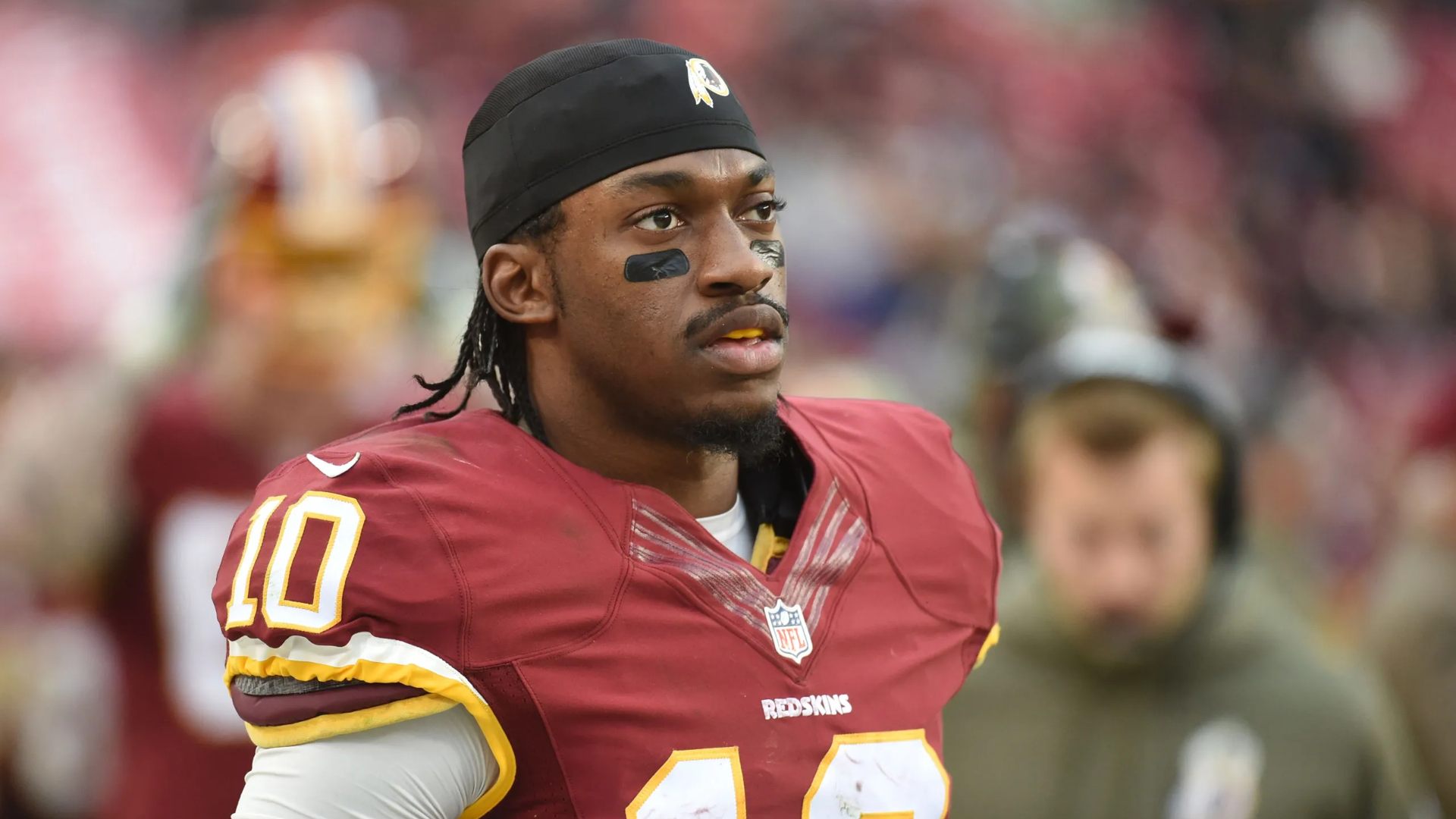
13) Robert Griffin III
Rookie lightning in a bottle, then a story of control. RGIII wanted the offense, the media narrative, and the hierarchy tailored to him - and clashed with coaches when it wasn’t. Injuries were decisive, but the insistence on running his version of the program cost him allies and time he needed to reinvent himself.
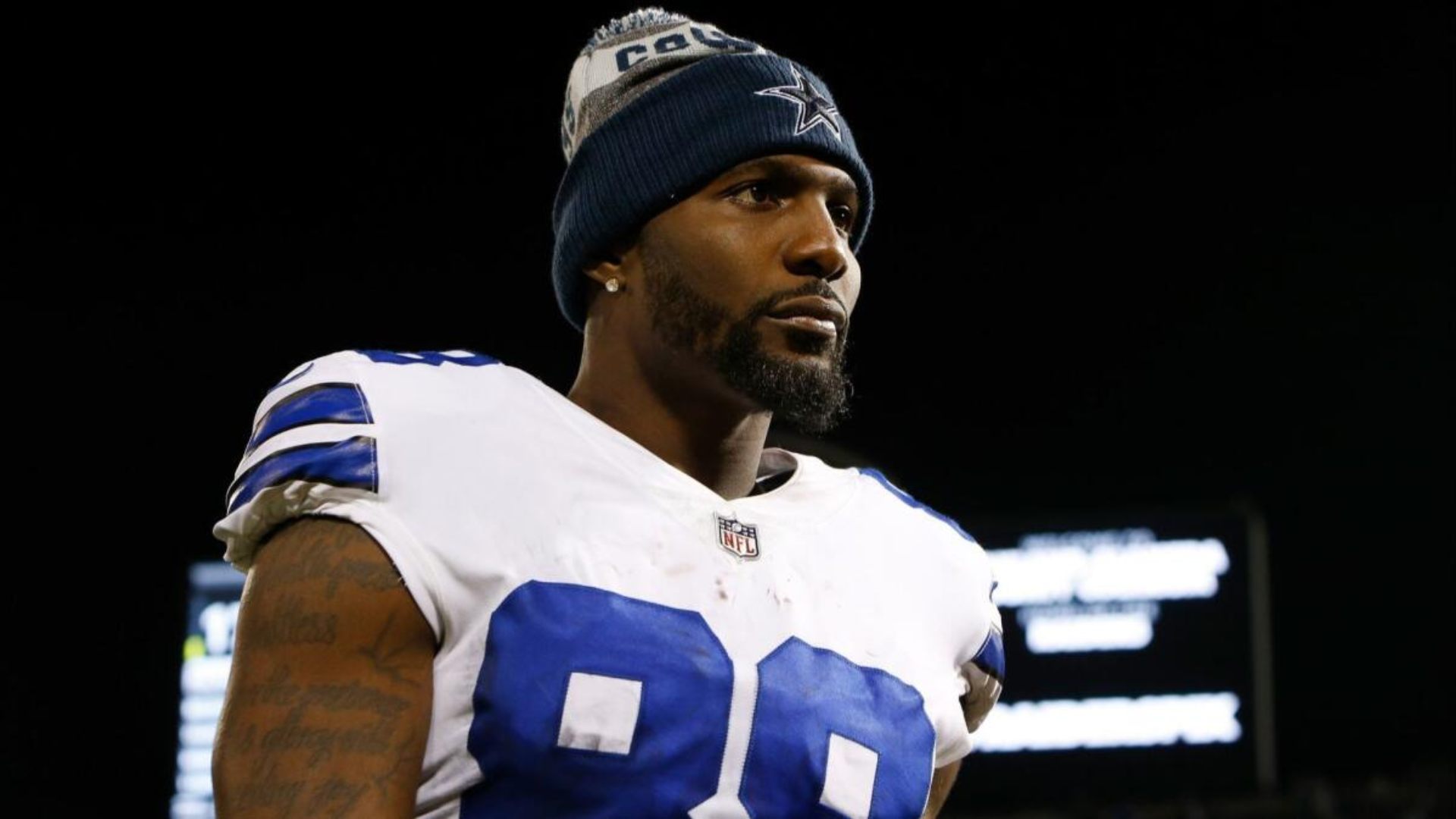
12) Dez Bryant
At his best, Dez bullied corners and dominated the red zone. The sideline confrontations, meetings-and-practice friction, and public contract brinkmanship eroded patience - especially once separation became harder to win with age. Dez’s competitiveness was real; the problem was insisting it always had to look like the Dez Show.
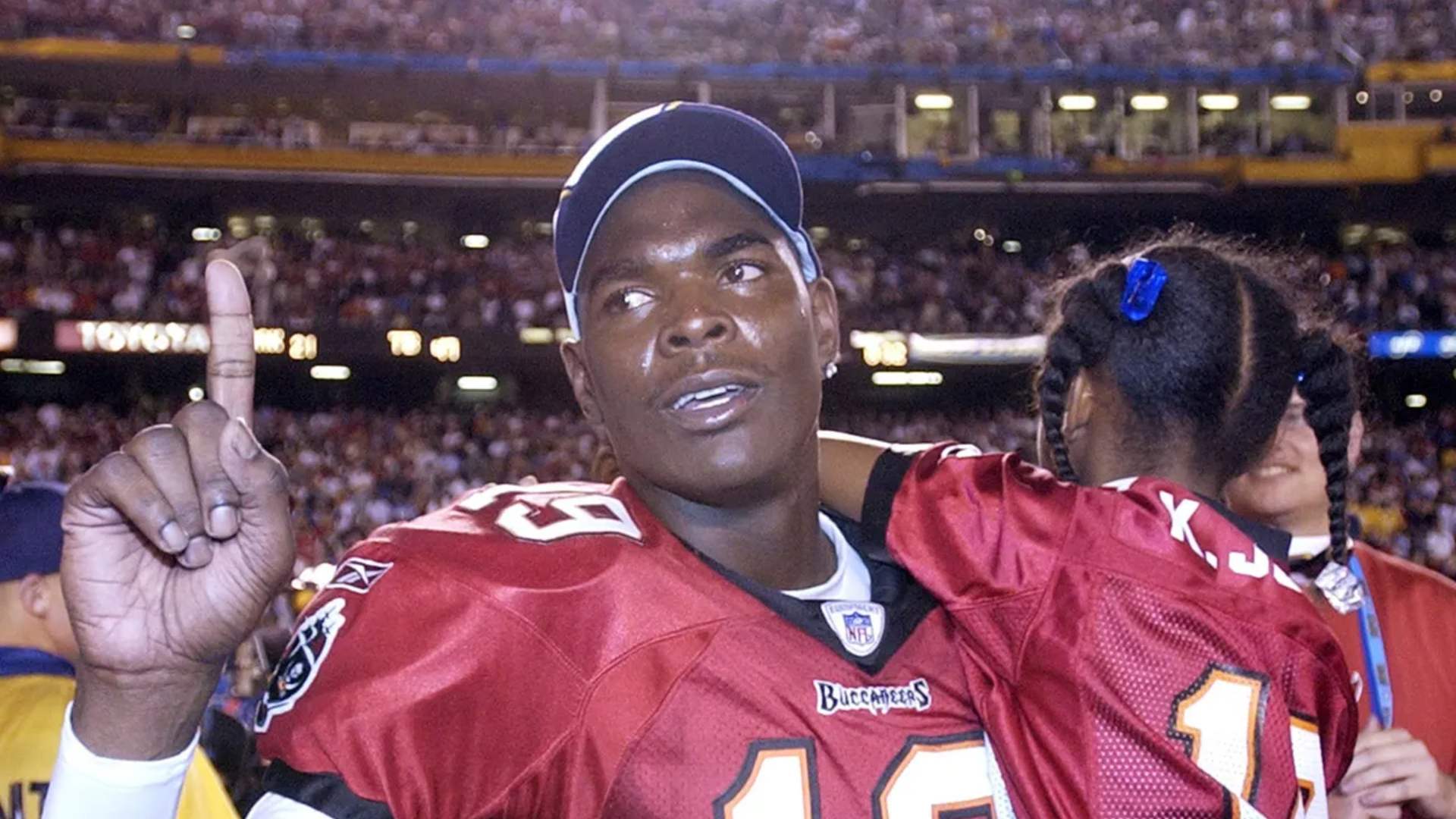
11) Keyshawn Johnson
“Give Me the Damn Ball” wasn’t just a book title - it was the brand. Key was a chain-mover and tone-setter, but the constant target demands wore thin. In Tampa he was literally deactivated mid-season despite his talent. When the message is perpetually “me first,” teammates eventually tune it out.
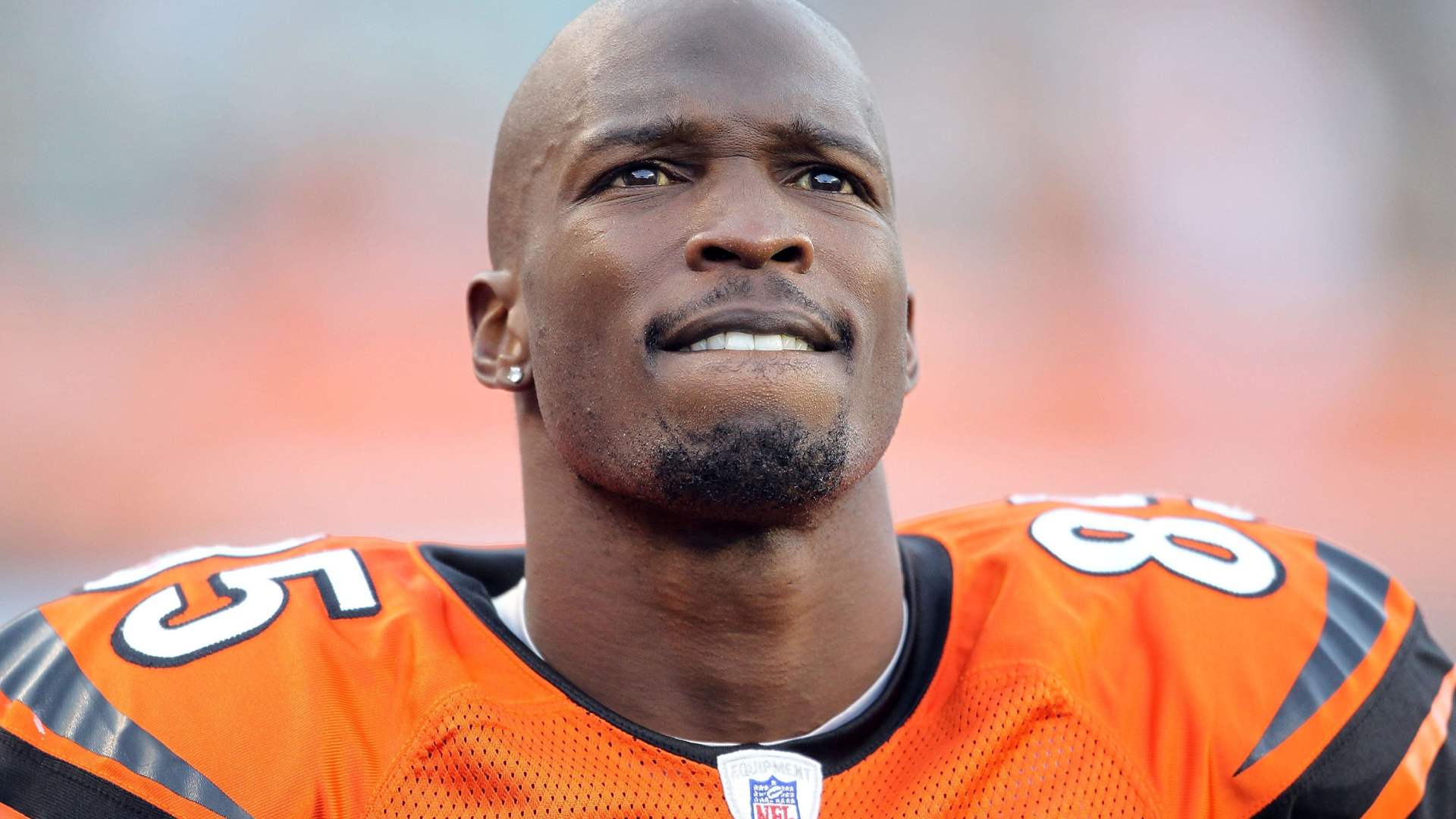
10) Chad Johnson (Ochocinco)
Brilliant route-runner, brave over the middle, and a marketing genius. The persona, though, sometimes became the priority: reality shows, celebrations over study, and a late-career unwillingness to be a role player. The league evolved toward chameleons who could win in multiple systems; he stayed Ochocinco.
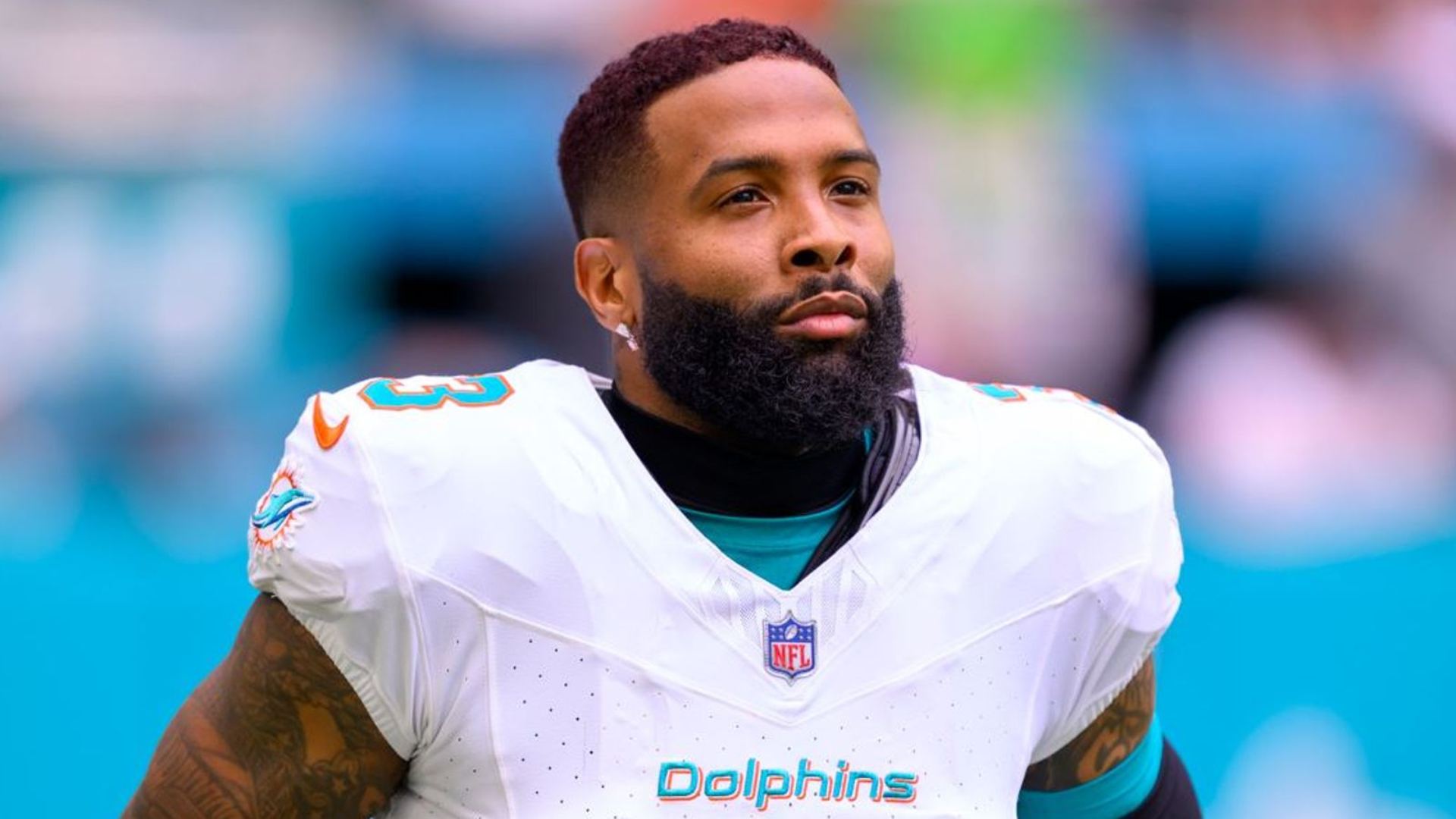
9) Odell Beckham Jr.
OBJ changed the position’s brand power. But the one-handed iconography, sideline meltdowns, and public feuds often overshadowed the grind. Injuries played a major role, yes, but the “my platform first” energy made some coaches and GMs wary that they’d be managing headlines as much as coverages. Still a big-game weapon - just never quite the sustained WR1 dominator he could’ve been.
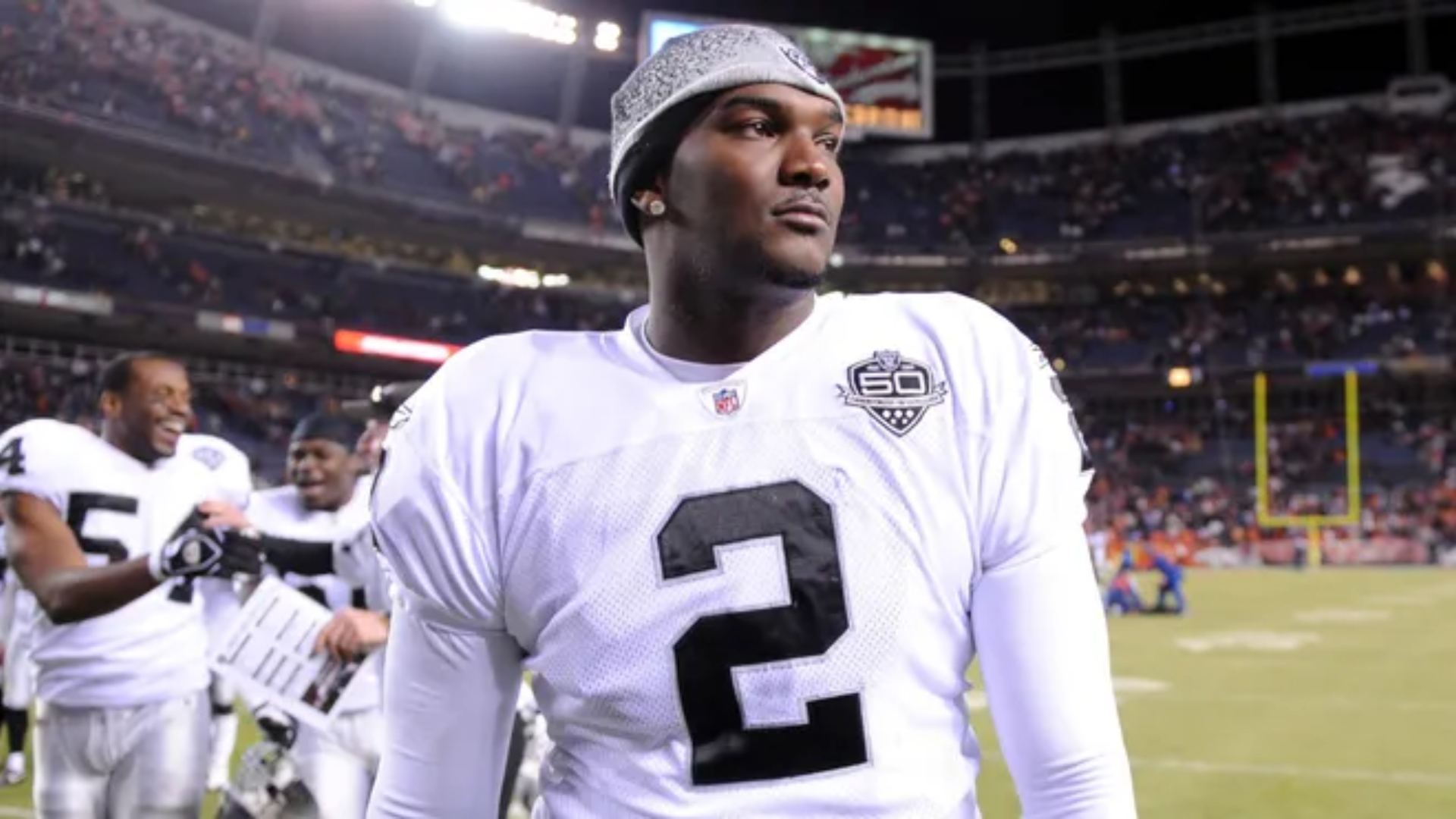
8) JaMarcus Russell
No. 1 pick, arm like a trebuchet, and the aura of inevitability. Then came the “talent will carry me” mindset: poor conditioning, minimal study, and reports he couldn’t be pushed. He didn’t just miss the curve - he insisted the curve didn’t matter. That’s not just a bust; it’s an ego bust.
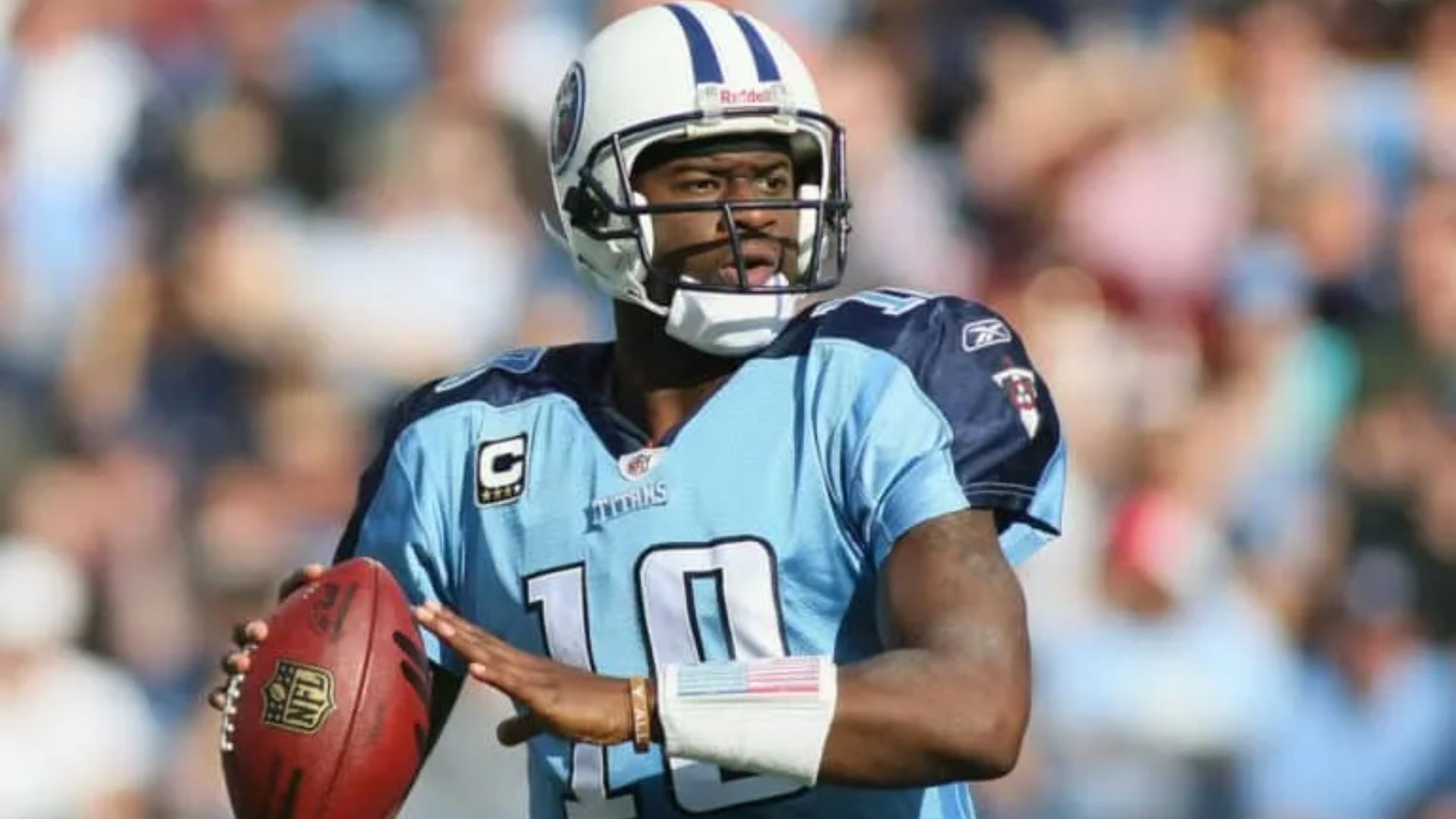
7) Vince Young
Rookie spark, playoff wins, and unique talent - then a stubborn refusal to grow beyond the “I win my way” template. Clashes with Jeff Fisher, thin-skinned reactions to criticism, and reliance on raw ability over craft left him stuck. The league adjusted; the ego resisted; the career plateaued.
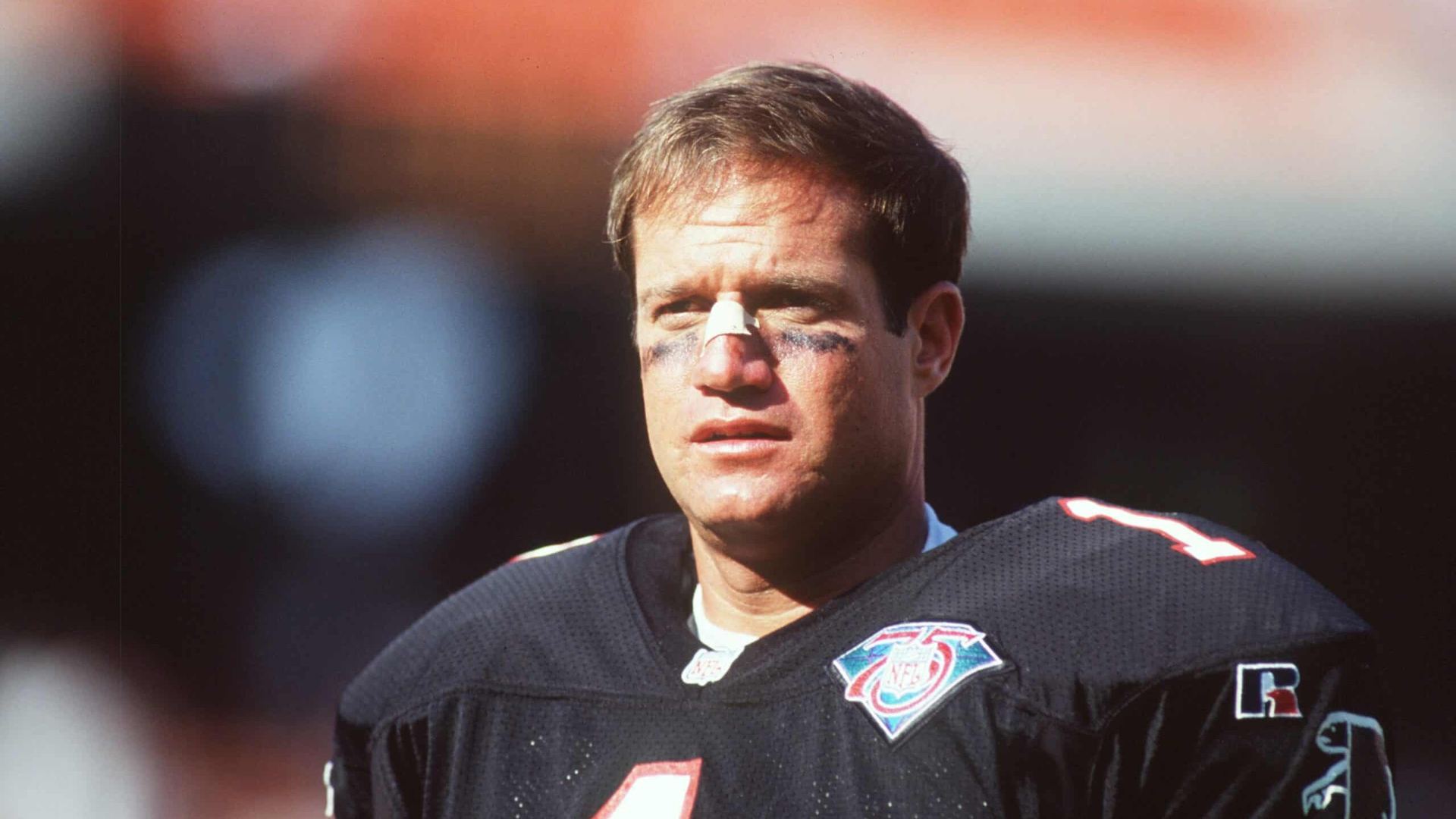
6) Jeff George
One of the prettiest arms ever. Also one of the prickliest personas ever. George clashed with coaches across multiple stops (Colts, Falcons, Washington), insisting scheme and teammates bend to him. He kept getting chances because of the arm, but leadership fatigue followed him; eventually teams decided the ripple effects weren’t worth the spiral.
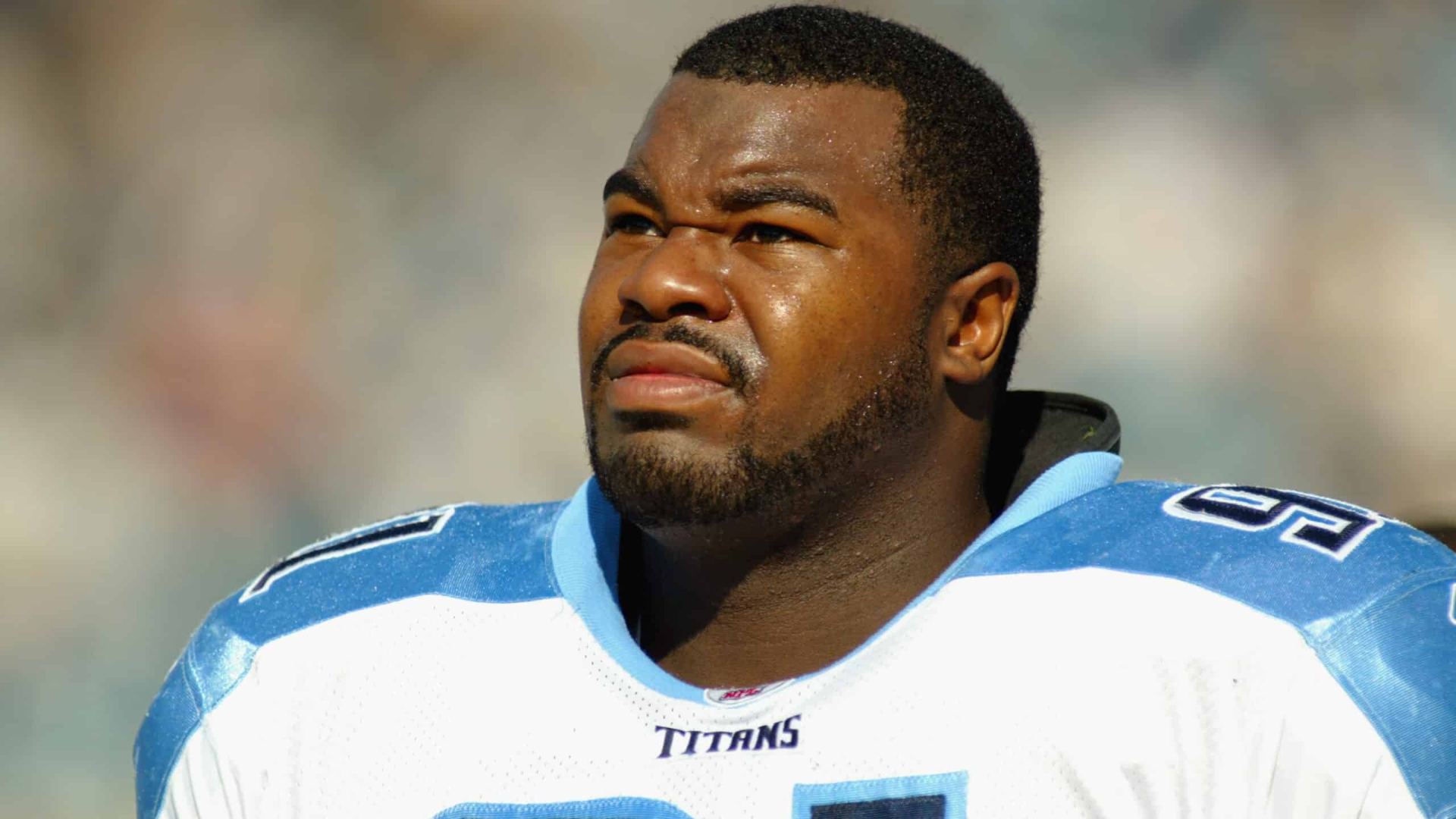
5) Albert Haynesworth
After a dominant contract year in Tennessee, he secured a massive deal and immediately battled conditioning standards, coaches, and even basic scheme buy-in in Washington. The “I’ll play how I want” posture erased goodwill, and within two seasons he went from feared to forgotten. When effort becomes negotiable, production does, too.
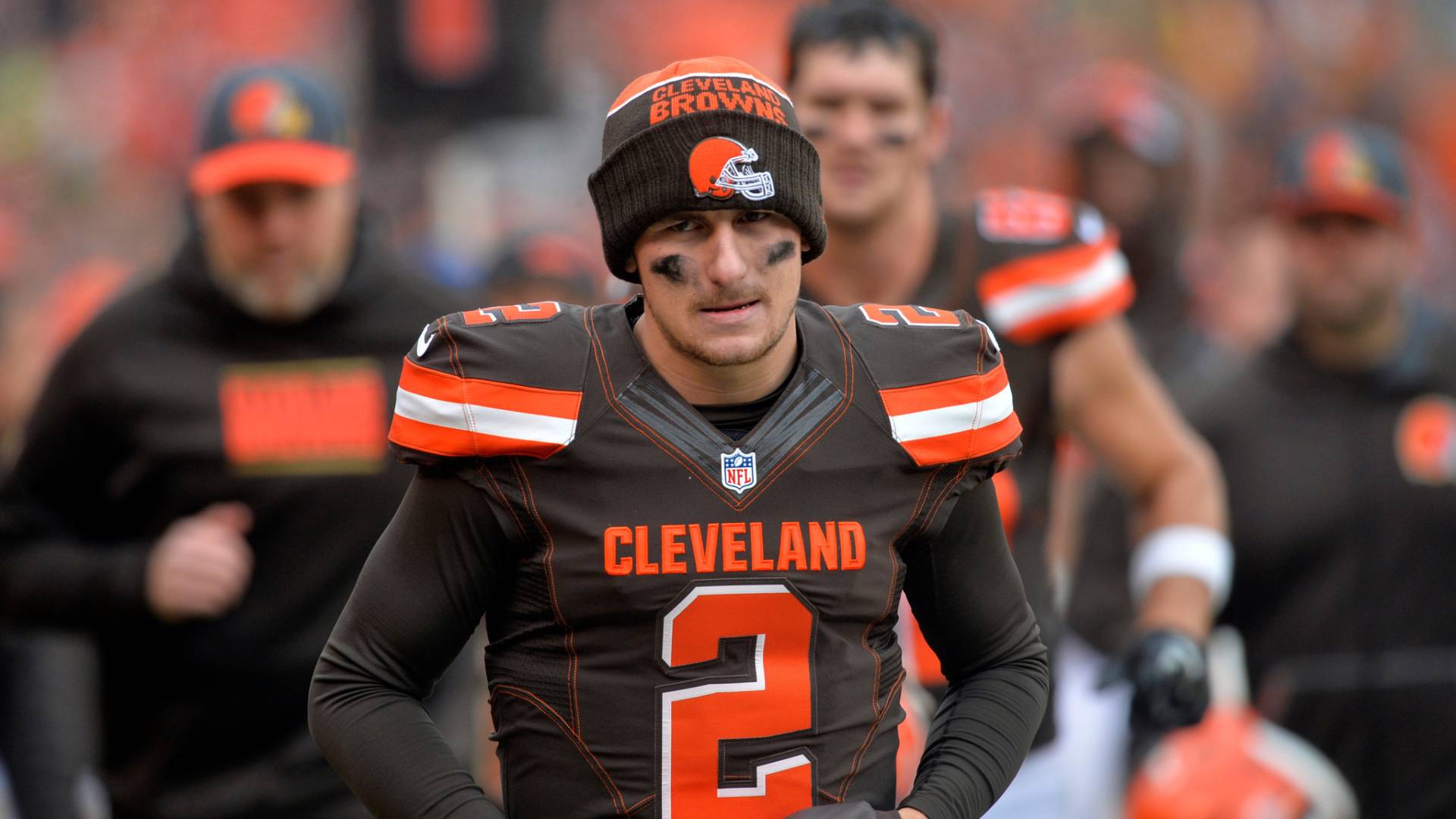
4) Johnny Manziel
College icon, instant celebrity, and a first-round pick who treated the NFL like a frat after-party. Film study was optional, nightlife was mandatory, and “I’ve always gotten away with it” swagger crashed hard against pro defenses and pro expectations. The ego wasn’t just flamboyance - it was a refusal to do the boring, daily work that turns talent into a career.
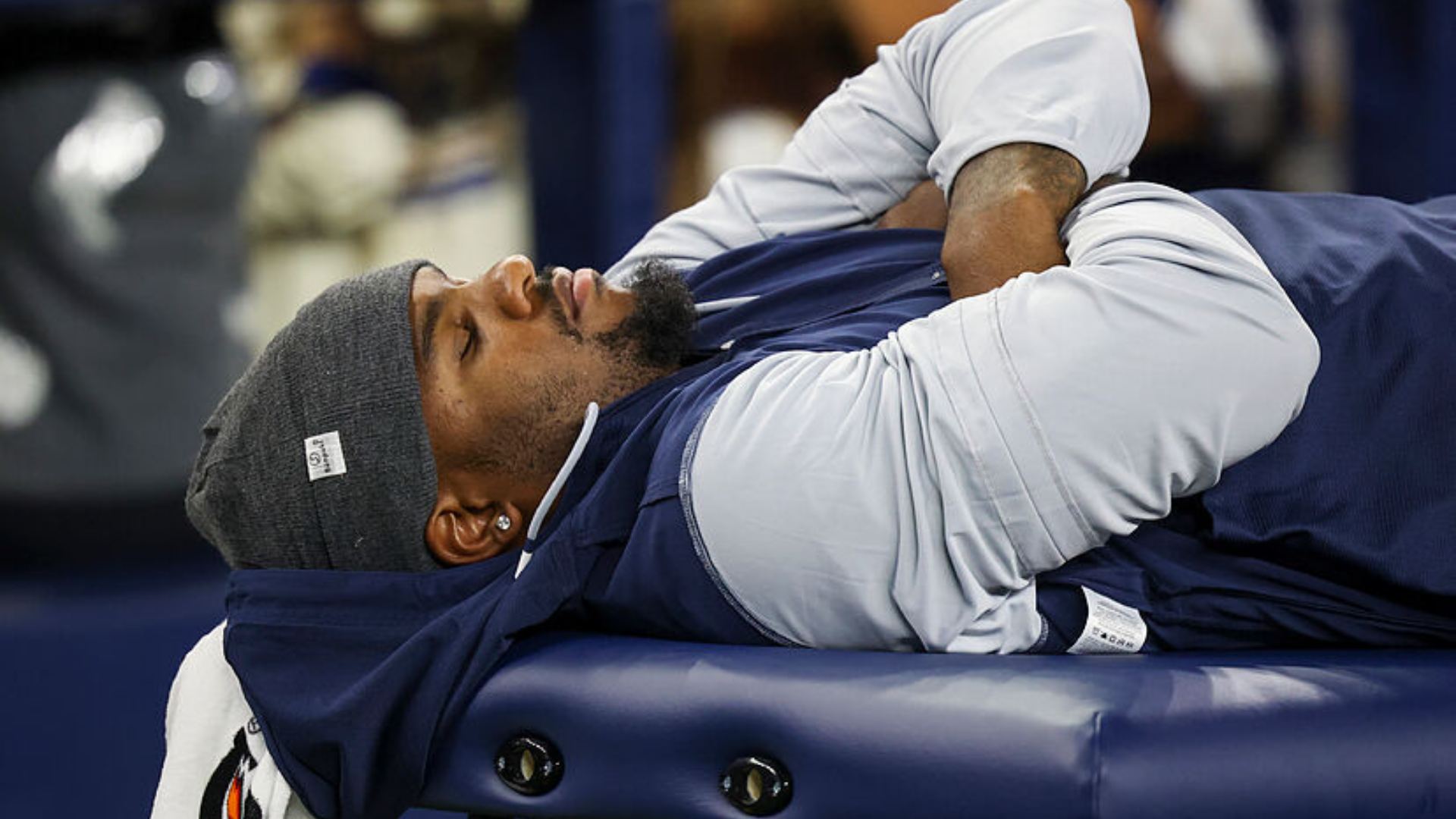
Special Mention - Micah Parsons
Micah Parsons is already one of the NFL’s most feared defenders, but his ongoing public tussles with Cowboys owner Jerry Jones have raised eyebrows. Parsons has never shied from speaking his mind, on podcasts or social media, and that confidence borders on ego when it collides with team hierarchy. He’s young, ultra-talented, and still writing his story - but if the “me vs. ownership” dynamic grows, his career arc could mirror stars who let ego overshadow greatness. For now, he’s a generational talent with a flashing caution sign. If he doesn't sort out his issues with the Cowboys, his career could take a massive hit.
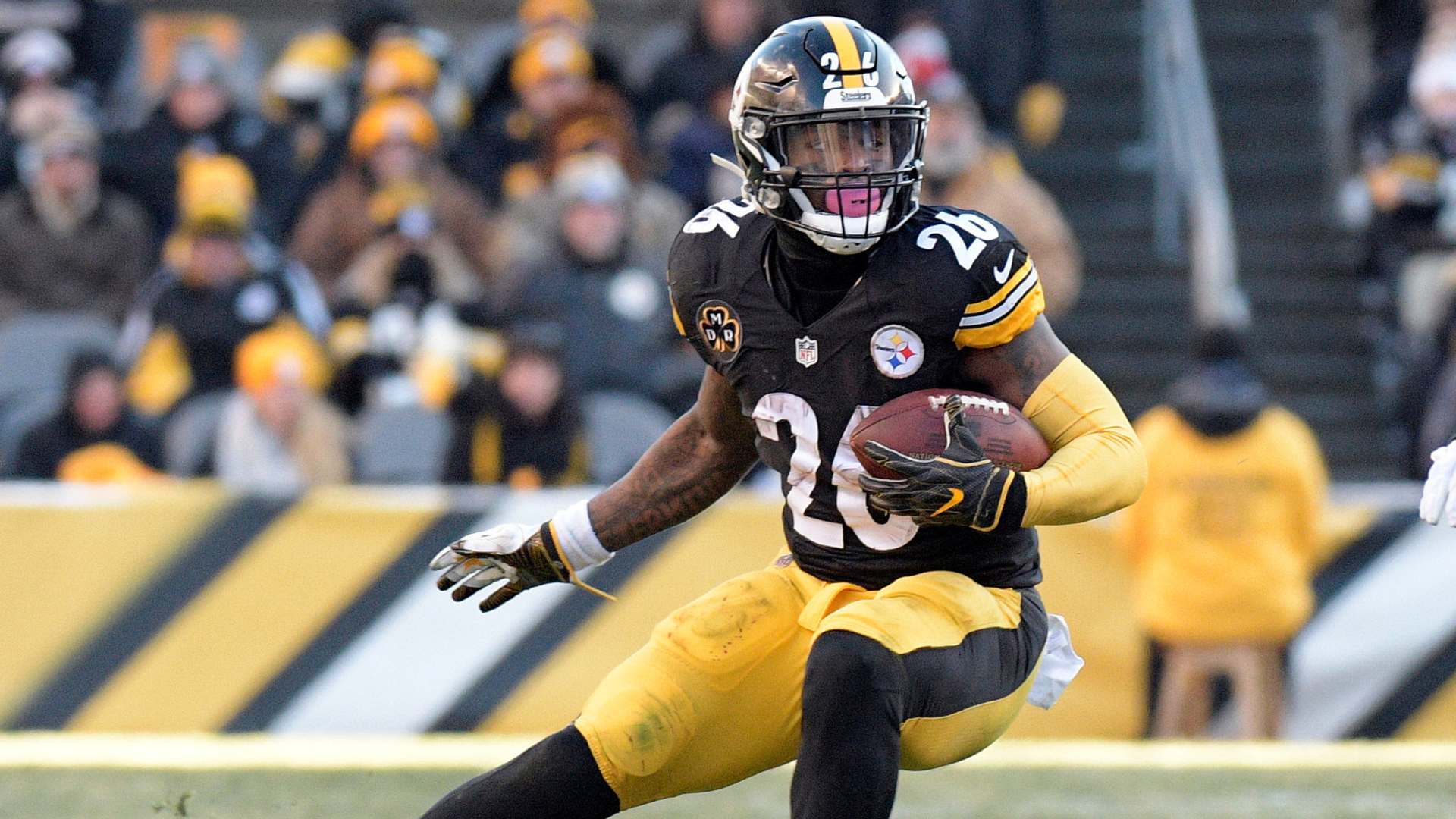
3) Le’Veon Bell
As a dual-threat back in Pittsburgh, he set the template for modern RB value. The year-long holdout to “reset the market” became a turning point; he got paid elsewhere but never regained the burst, role, or trust he had with the Steelers. Betting on himself wasn’t the issue; the way he framed it - public shots, mixtapes, and “I’m bigger than the system” - made reunions and patience scarce once the efficiency dipped.
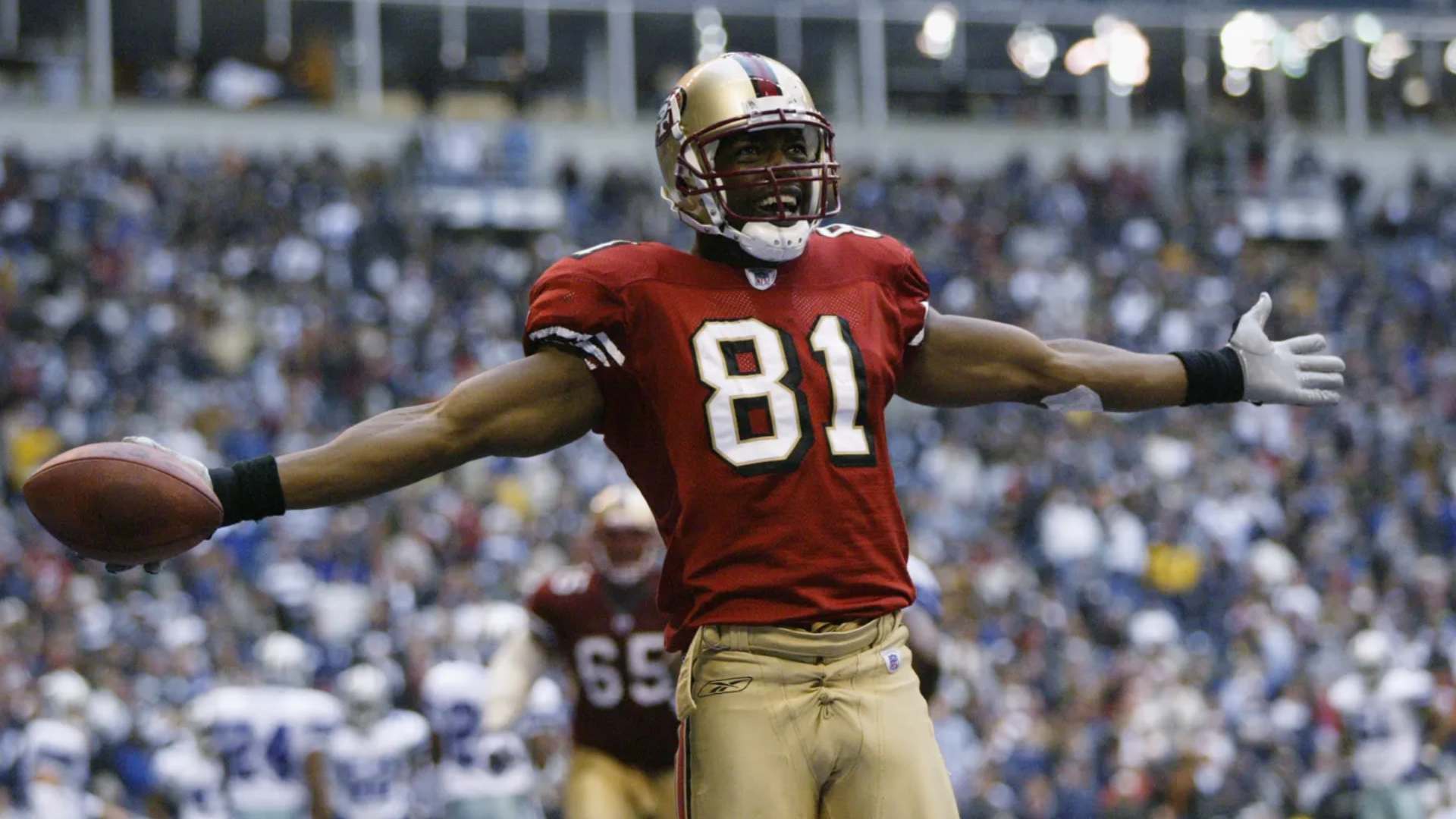
2) Terrell Owens
A generational WR who worked like a demon and produced everywhere, T.O. also serially blew up locker rooms - public shots at quarterbacks, contract theatrics, and “look-at-me” stunts. He was still good enough to keep getting jobs, but bridges burned faster than they could be rebuilt. The ending came not from lack of skill, but from exhaustion around the drama.
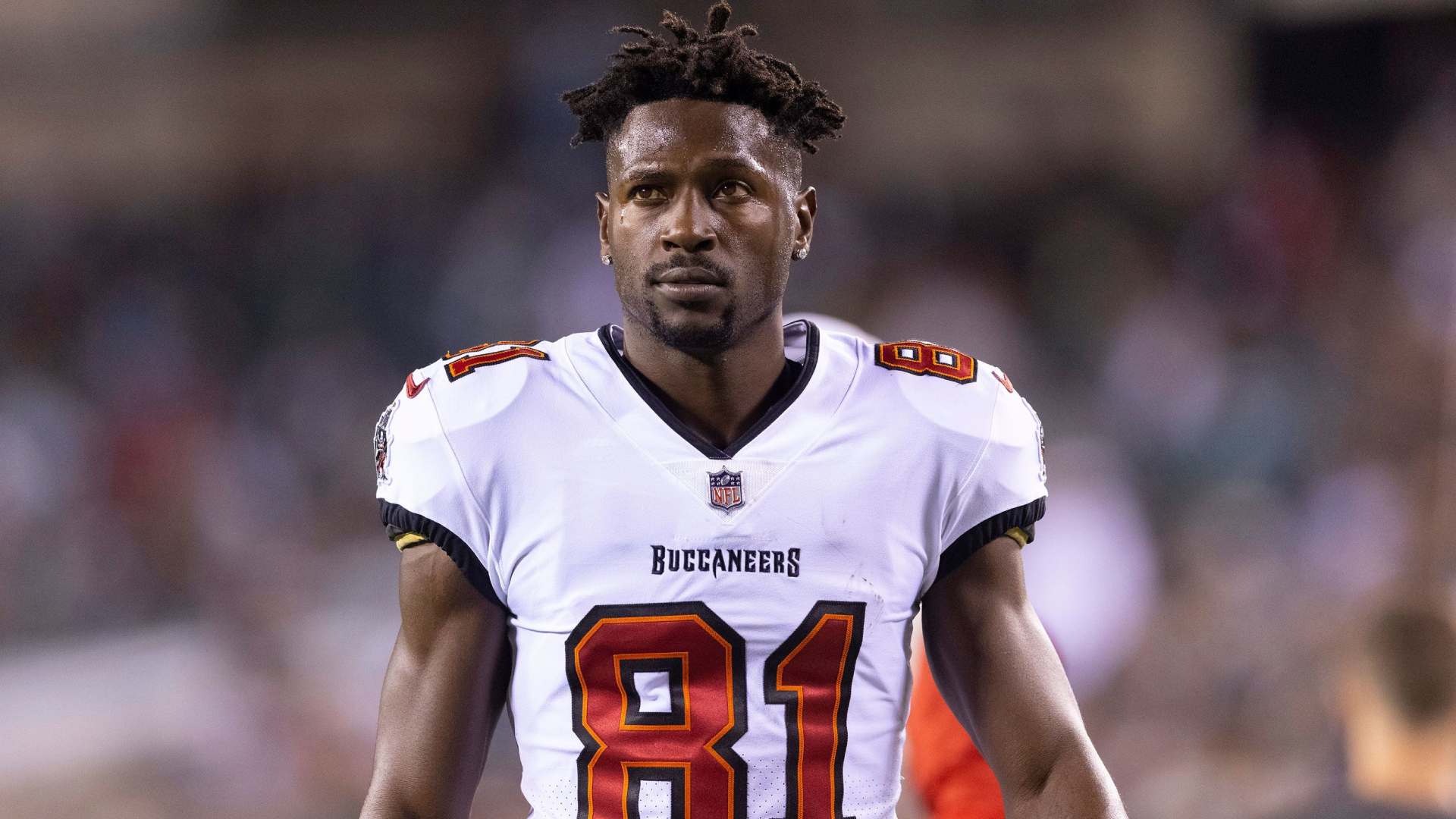
1) Antonio Brown
At his peak in Pittsburgh, AB was uncoverable. But the post-Steelers arc - helmet grievances, social media tirades, a burned-bridge stint with the Raiders, and the infamous mid-game exit in Tampa turned a Hall-of-Fame track into a cautionary tale. Teams stopped trusting the week-to-week volatility more than the talent, and that’s when even elite ability couldn’t overcome the self-inflicted noise.

